Using the Stretch Tricot Stitch on my PFAFF® passport™ 2.0
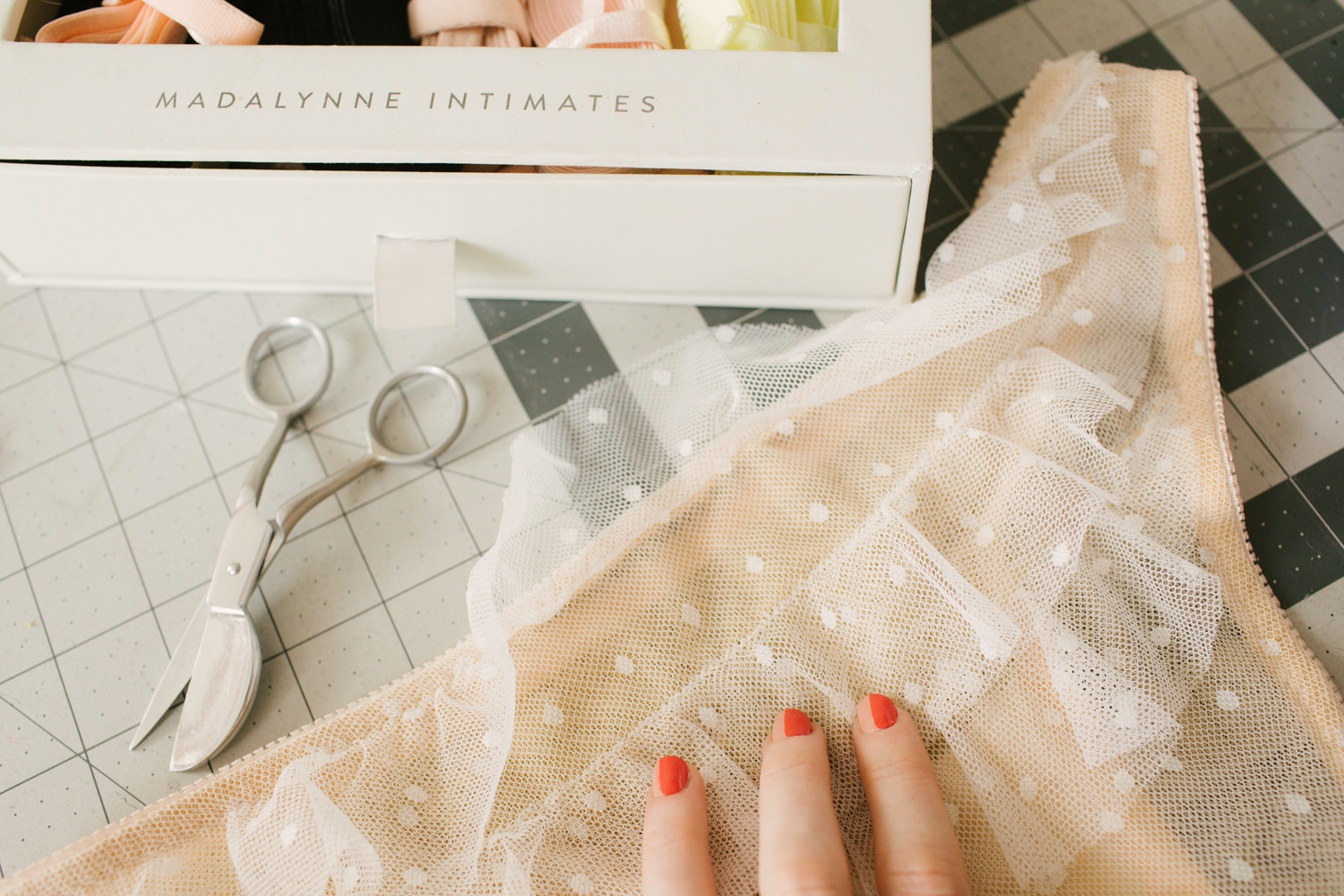

So today, I’m briefly sharing what a stretch tricot stitch is and how I use it in my own sewing. Let me know how you use the stitch in the comments below!
WHAT IS A STRETCH TRICOT STITCH?
On my PFAFF® passport™ 2.0, it is stitch #11 and according to the manual, is used for “sewing seams on stretch fabrics.” No special presser foot is needed and the IDT™ system can be engaged when stitching. For sewing lingerie fabrics like stretch lace and mesh, this is key. It looks a little like a lightening bolt, and is specifically for sewing knits that pucker. The slight angle of the stitch combined with the small zig zag is what makes it an ideal stitch for stretchy fabrics.
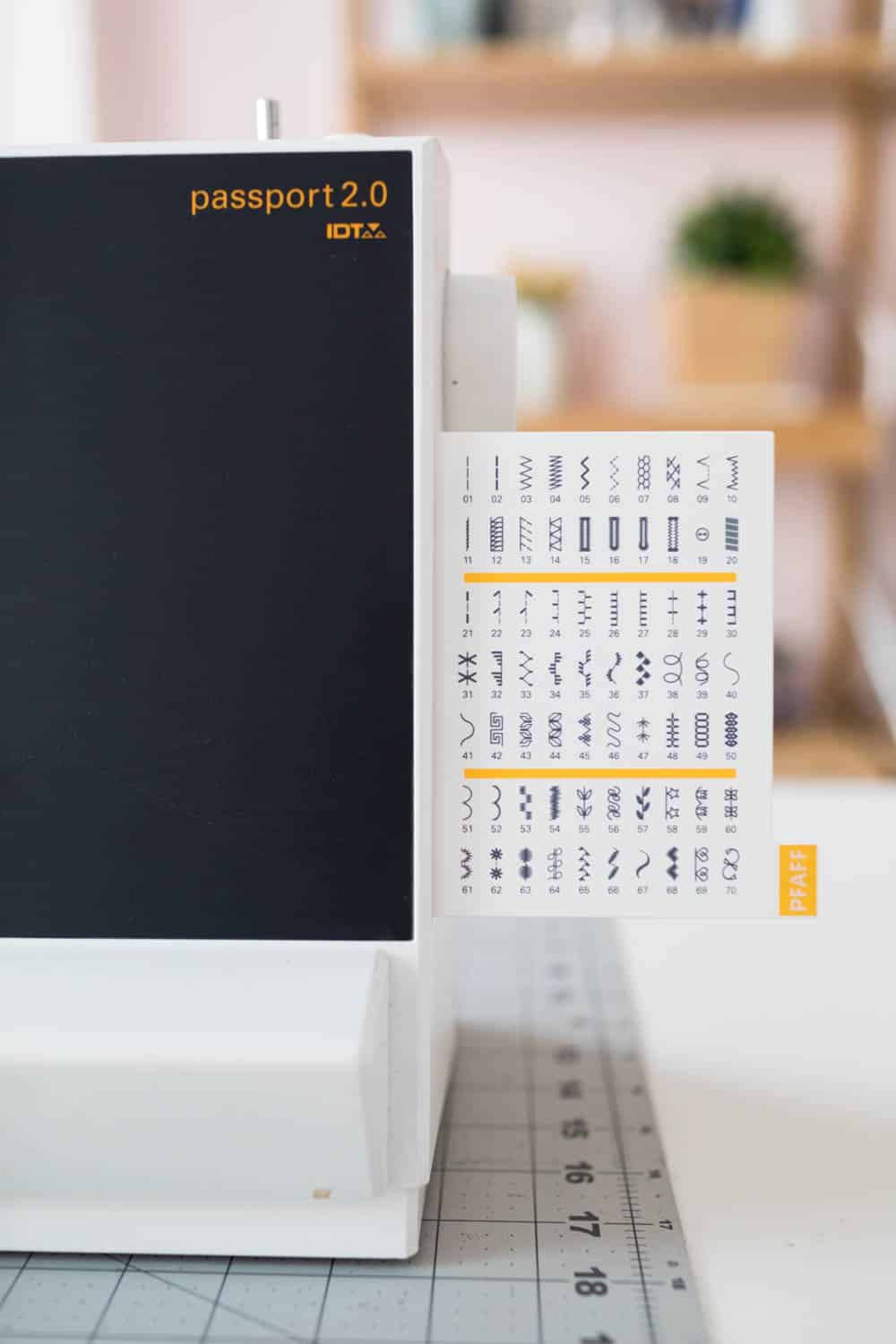

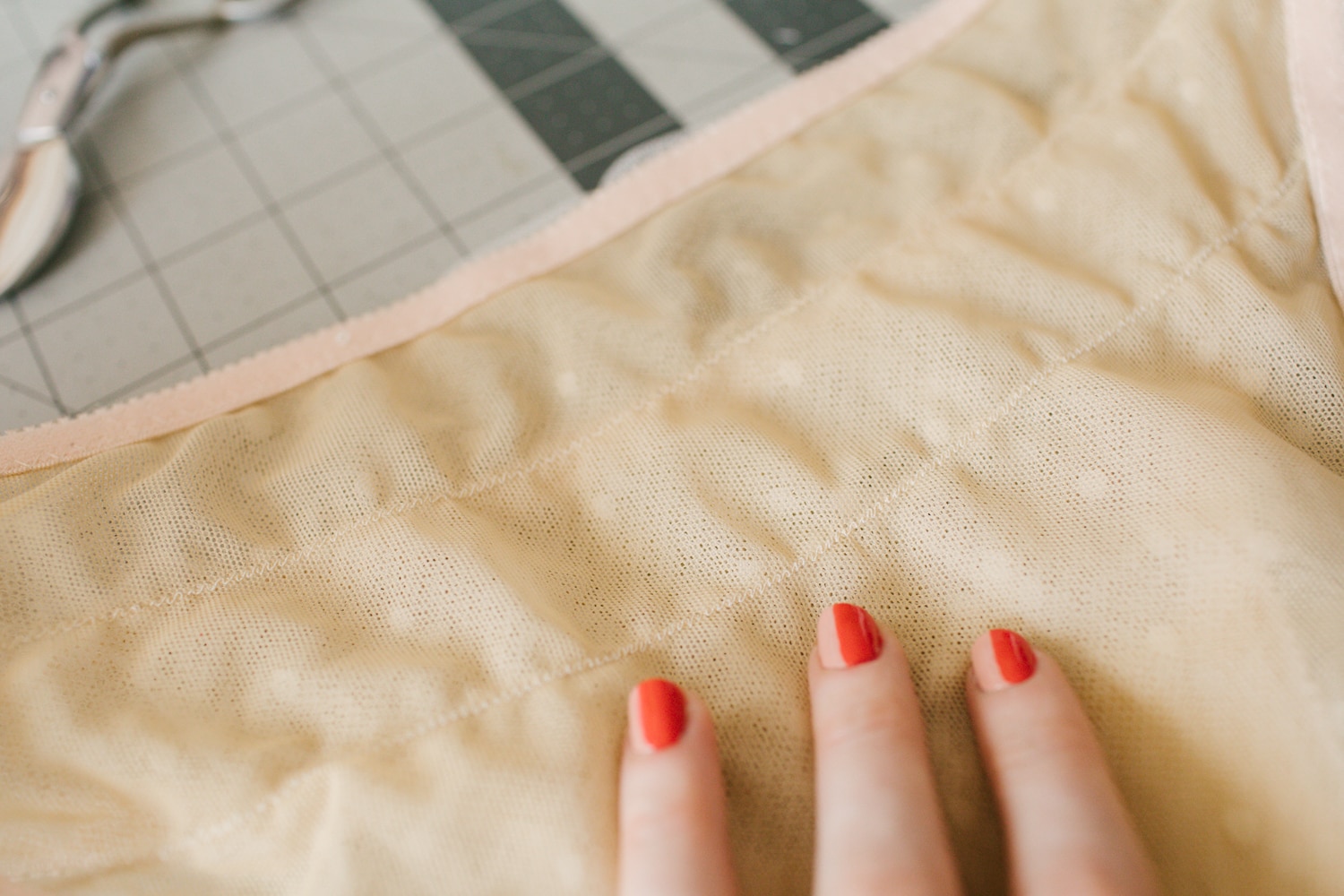

Recently, I’ve used the stitch most often when sewing the middle and the bottom flounce to the back underwear panel on the Madalynne X Simplicity 8711. I stitch approximately 1/4″ from the fabric edge and then use these duck-billed scissors to trim a hair away from the stitch line. Because it goes back and forth, it’s slow. So, if you’re the type of sewist that likes to go fast, slow down Speedy Gonzalez ; ) Per the instructions of the 8711, the middle and bottom flounces are attached using a zig zag stitch (the top flounce is finished in the waistline elastic). If using a sheer fabric like the Swiss dot pictured in the photos, there can be tunneling in between the stitch, unless you use a stabilizer like Sulky. So the end of the world, but an extra step. Personally, I don’t like cutting stabilizer into strips and then when I put water on it, it can become gooey. So, although the tricot stitch is slower, I avoid having to use a stabilizer.
This is just one application, but there are tons more. I could this stitch using to apply lace on an underwear like this one or the hem of a slip like this one (assuming the fabrics are stretchy – if both were wovens, you would use a straight stitch).
Psssttt… click here to read why the passport™ 2.0 is my favorite machine for sewing lingerie as well as my most used settings.
Interested in getting a PFAFF®? Click here to find your local dealer!
Get your DIY lingerie on and shop all Madalynne patterns and kits.
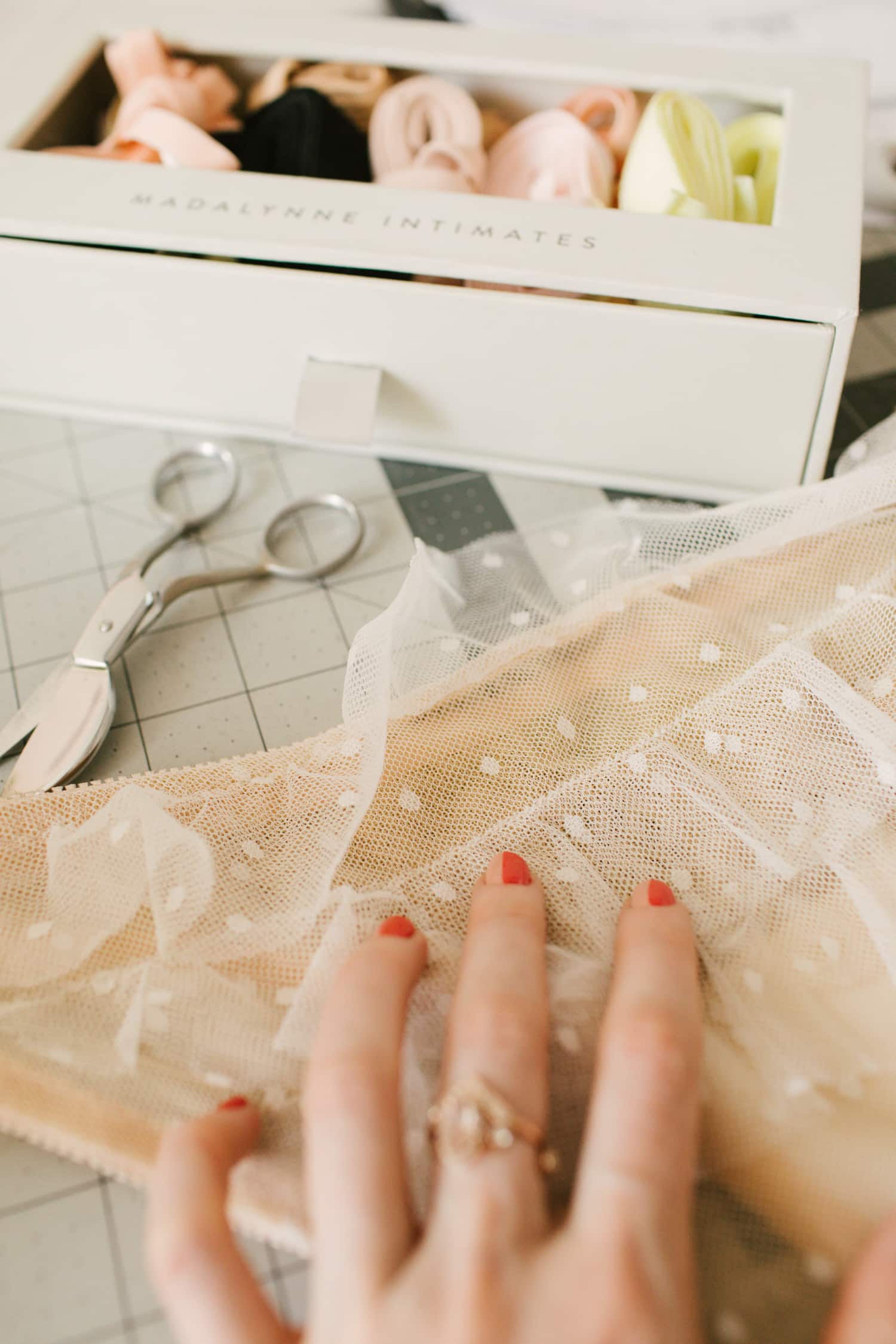



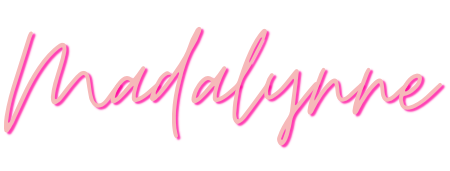




Vin Reed
I have not used this stitch on a Pfaff. I’ve tried using a similar stitch on my Singer, and my experience is that if you make a mistake, it’s impossible to rip out. Can you remove the stretch tricot stitch if you make a mistake? I love the finish and the stretch of this stitch, but I haven’t figured out how to rip it out yet.
Maddie Flanigan
I would use a seam ripper. On one side, I’d use the seam ripper to cut the seam in regular-ish intervals. Then, on the other side, I’d use the seam ripper to pull the seam – you should be able to pull it out in one swoop
Vin Reed
thanks